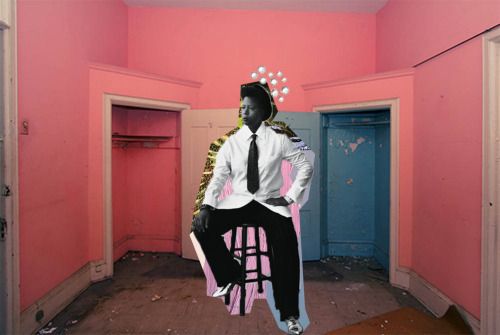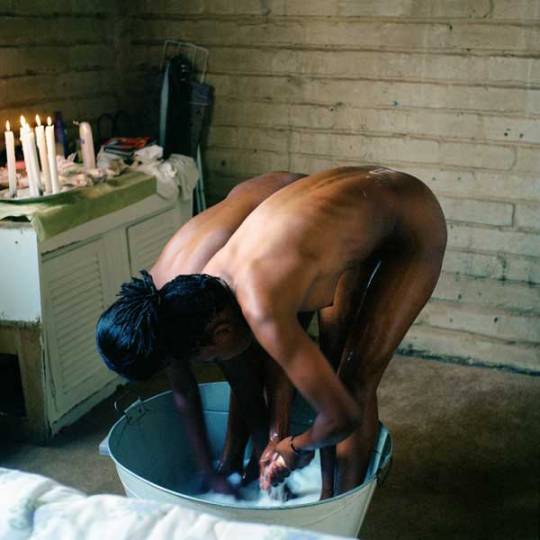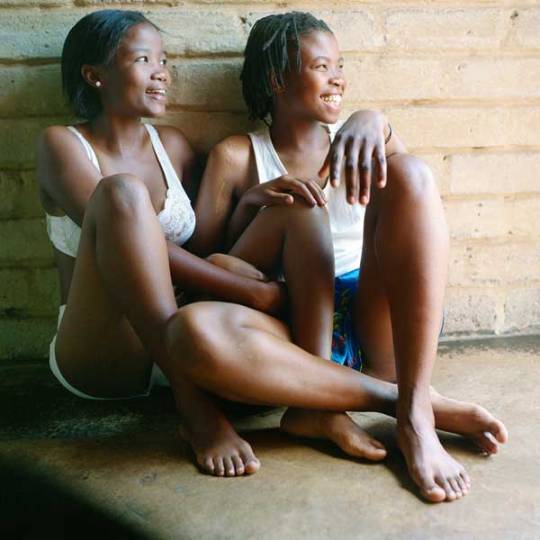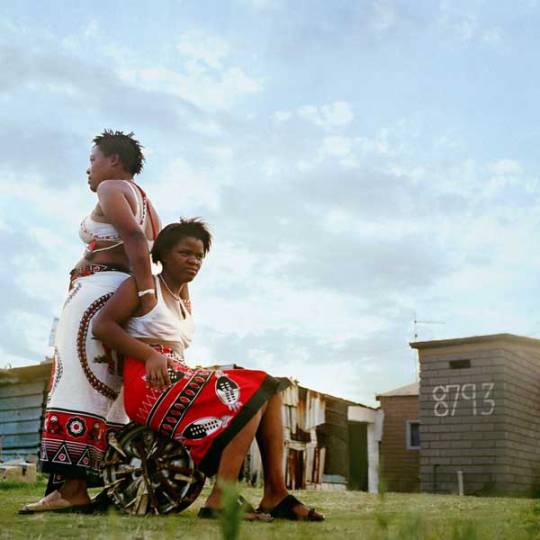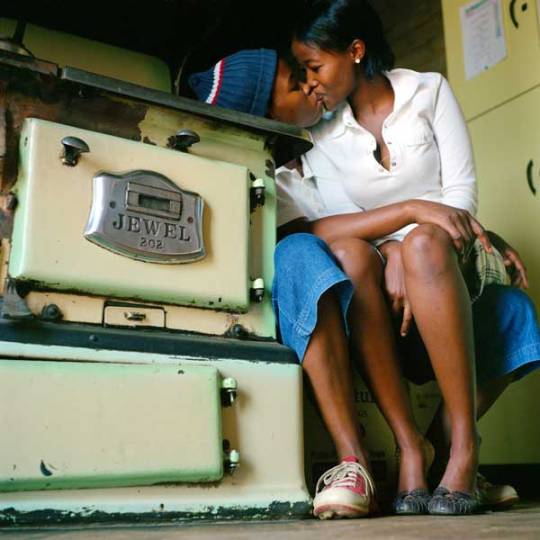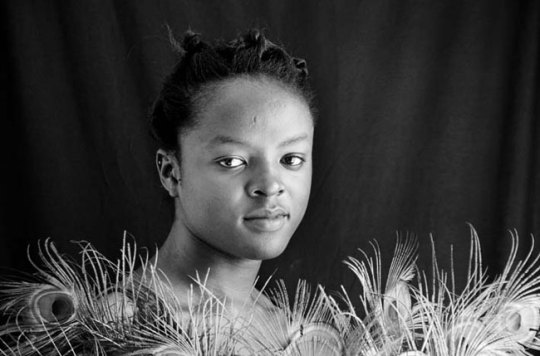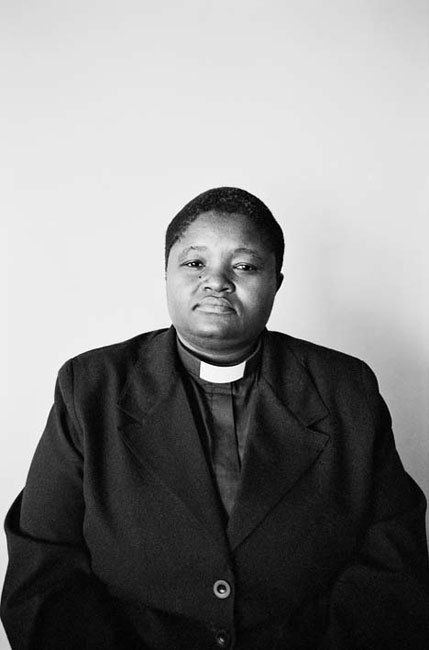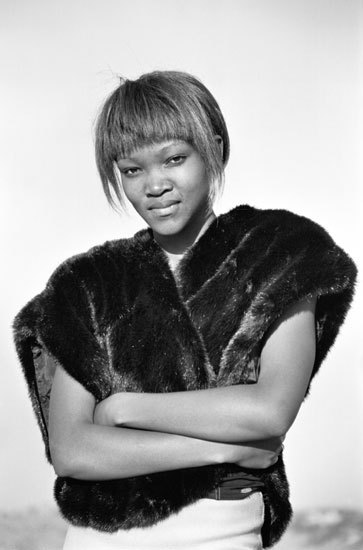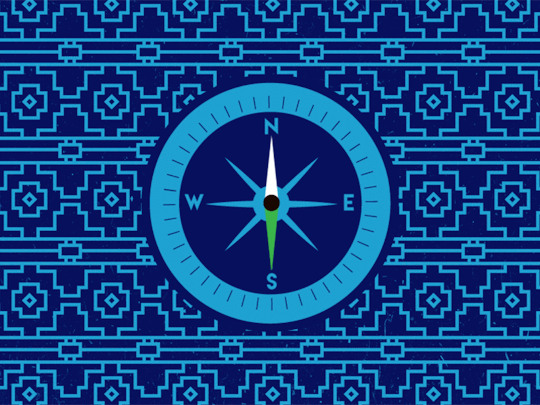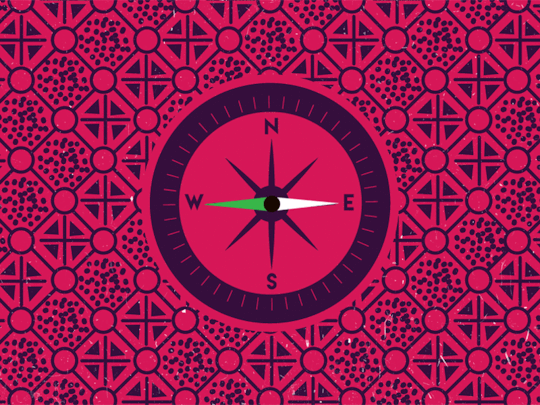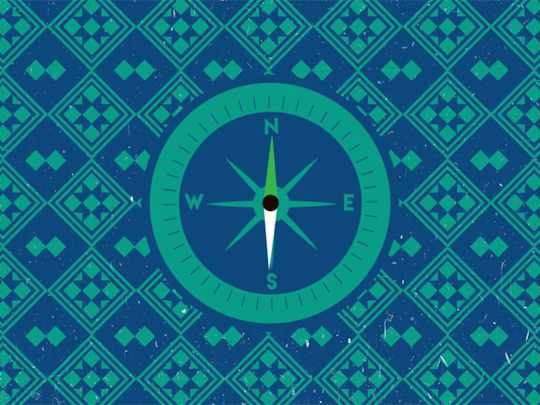Photo


Samantha Belden
Helen
“Your flowers bend with age. Your curtains collect dust as your home shifts into another. You sit, simply watching television and telling me you’ve been waiting for this moment of retirement your whole life. You are a single mother to two daughters and a grandmother to four grandchildren. I photograph you and you let me to continue to photograph. It is hard for me to describe why I take pictures of you. I can say I’m interested in aging. I can say I’m interested in the idea of the familial. These statement are all true, but there is also a desire, a need. A need to document you. To continuously document you again and again. I cannot stop, because of my anxieties that come with aging, your aging and my own. I have a need to remember and keep these moments, to have these accumulated memories of you and our experiences, for you will not be around forever.”
4 notes
·
View notes
Photo
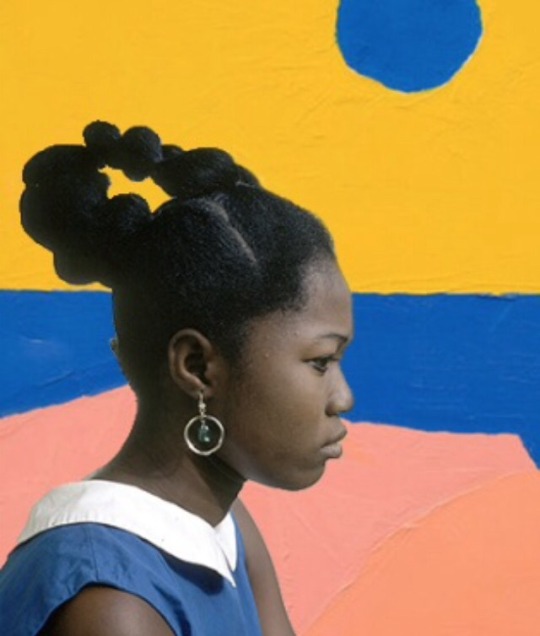

congolese school girls by eliot elisofon/landscapes by etel adnan
these were the first ones i made because etel is everything and so are these girls
2K notes
·
View notes
Photo

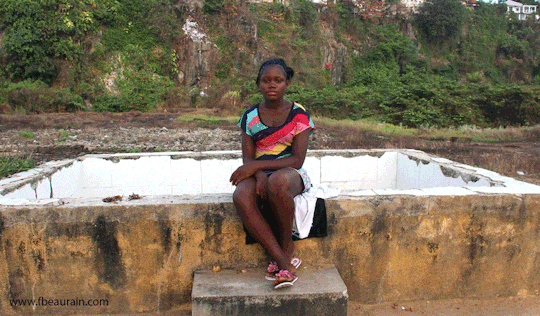


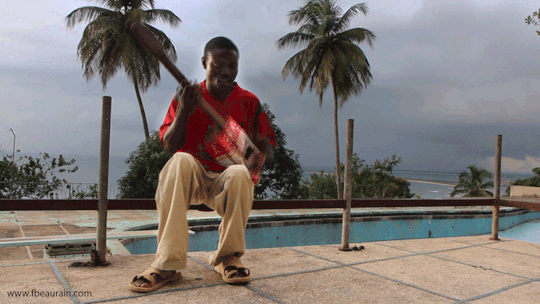
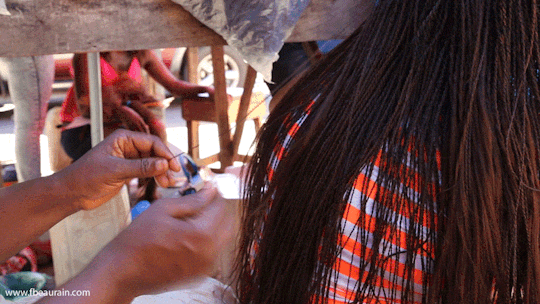
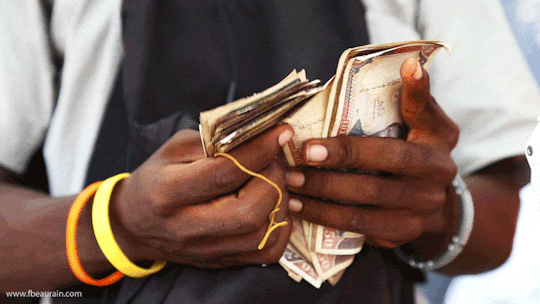
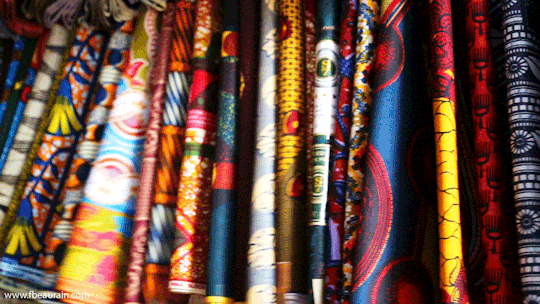
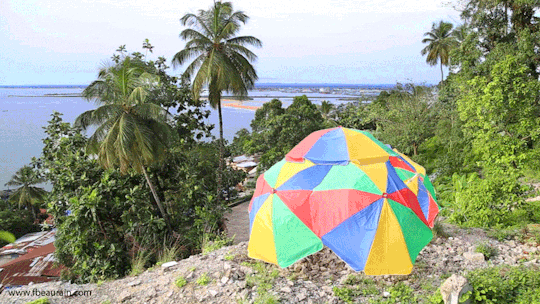

Monrovia animated
Liberia, 2014
françois beaurain
24K notes
·
View notes
Photo
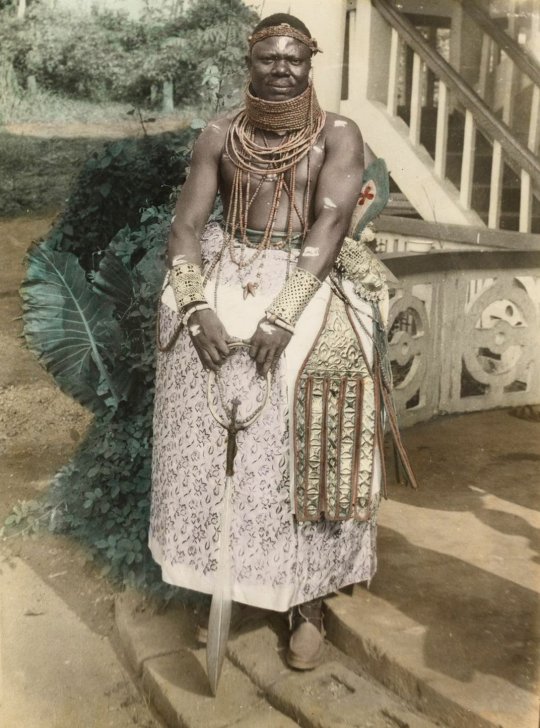

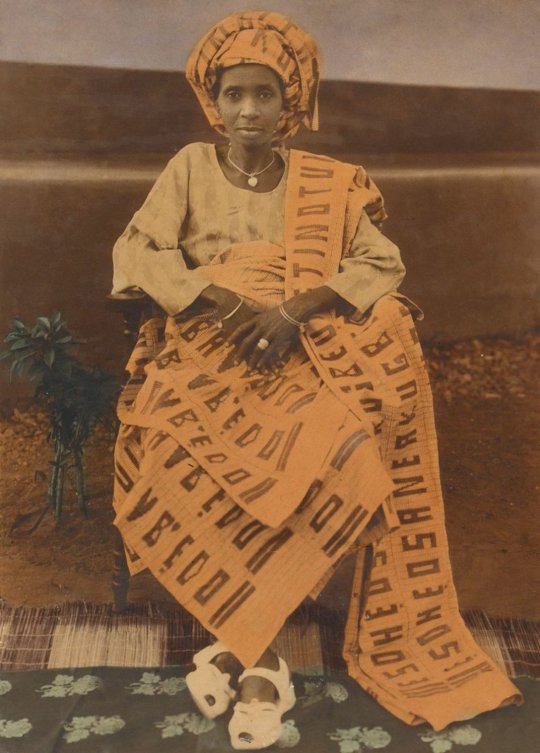
A new exhibition at the African Art Museum honors Chief Solomon Osagie Alonge the first Nigerian court photographer during colonial times
“Chief S.O. Alonge: Photographer to the Royal Court of Benin, Nigeria” is on view at the National Museum of African Art through September 13, 2015.
Read more: http://www.smithsonianmag.com/smithsonian-institution/man-who-reclaimed-photography-nigerian-people-180952721/#zHHysCSsxOK7mxHM.99
Give the gift of Smithsonian magazine for only $12! http://bit.ly/1cGUiGv
Follow us: @SmithsonianMag on Twitter
2K notes
·
View notes
Photo
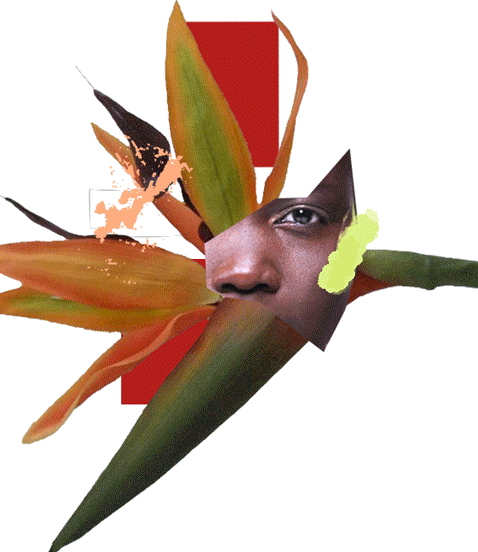
color study n051214
nykhor paul x maria karas
134 notes
·
View notes
Photo
Leah Gordon
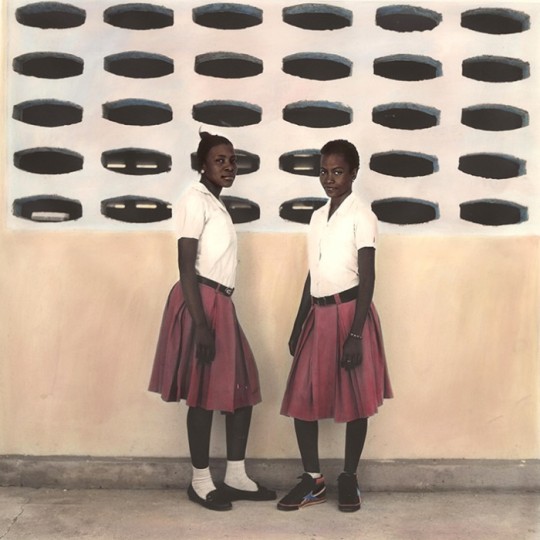
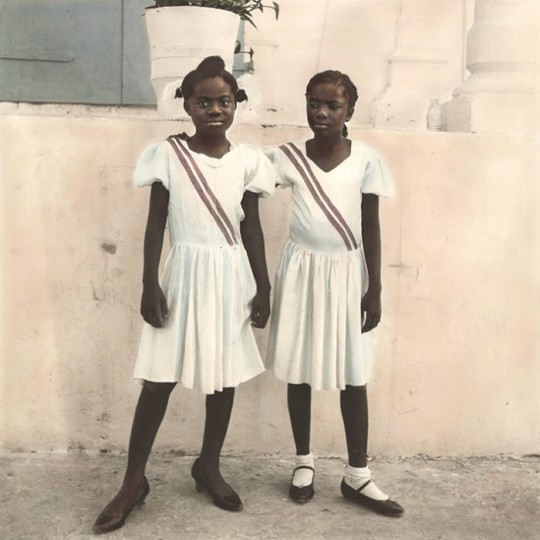
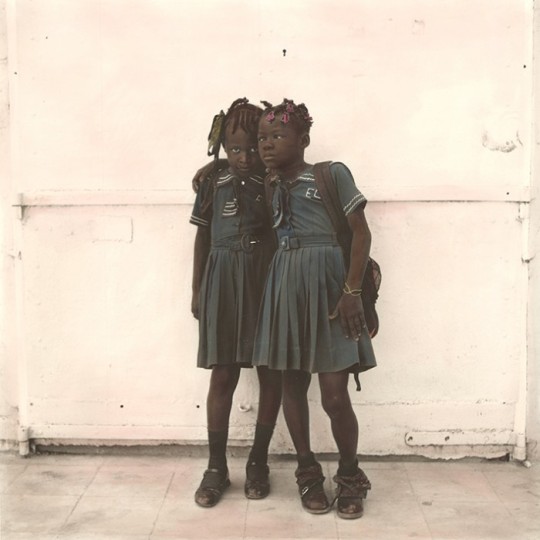
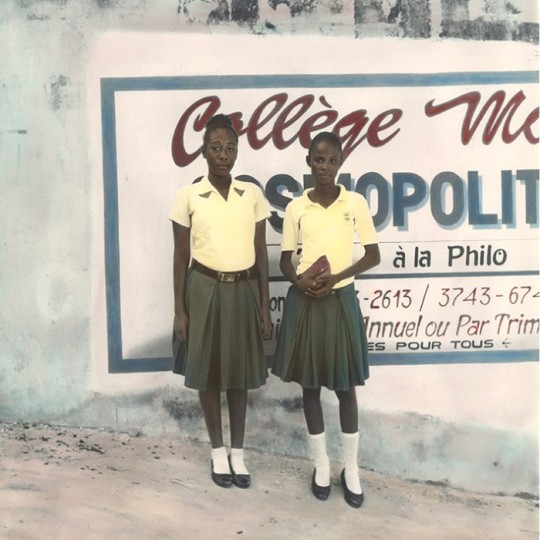
The Tailors of Port-au-Prince - Leah Gordon
6K notes
·
View notes
Video
The Curse of the Sad Mummy: Short Animation Film by Shy the Sun
The latest animated project by award wining South African Animation studio Shy the Sun. The short film was created for Riot Games with around 5 million views.
1 note
·
View note
Photo

“Every individual in my photographs has her own or his own story to tell. But sadly we come from spaces in which most black people never had that opportunity… I’m not [here] to speak for the people, but to share and change the portrayal of black bodies… It’s about time that we bring positive imagery of us in space where we are there, but hardly seen.” —Zanele Muholi
See the artist speak with SFMOMA on Mar. 12 at 7pm. Learn more here.
177 notes
·
View notes
Photo
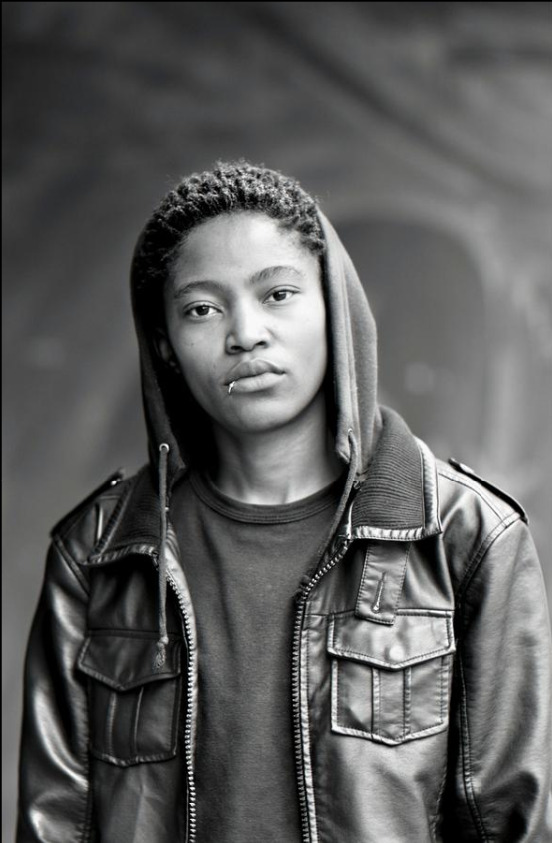
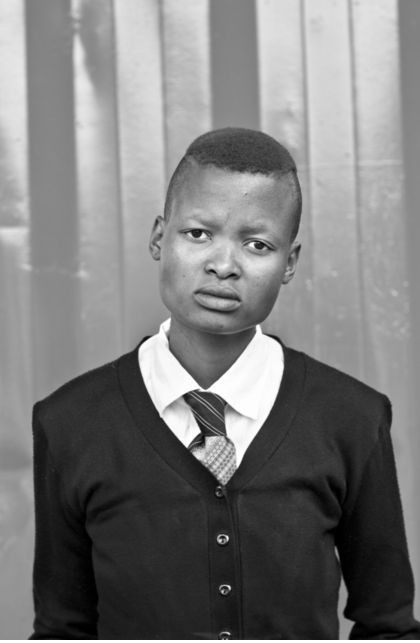
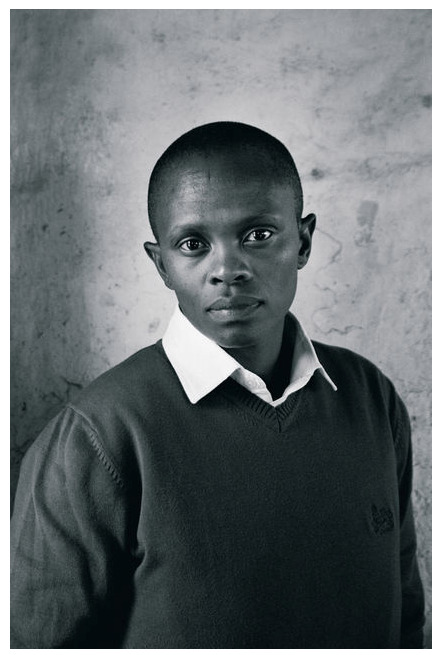
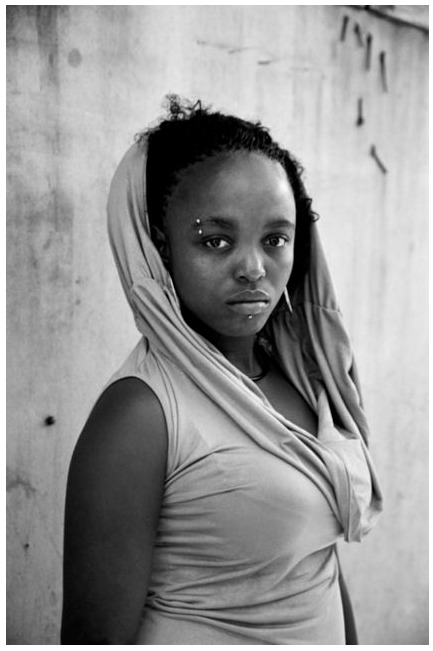

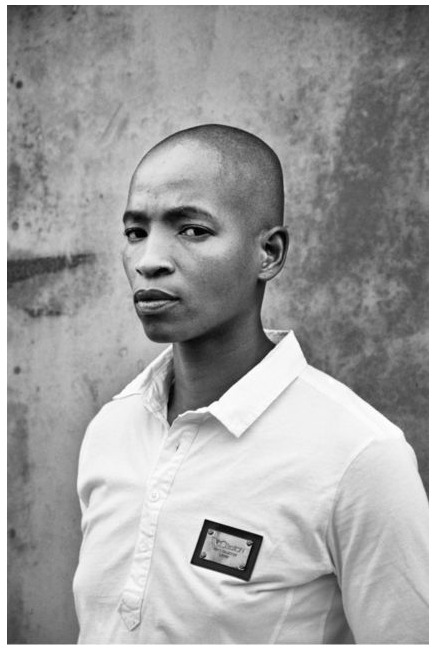
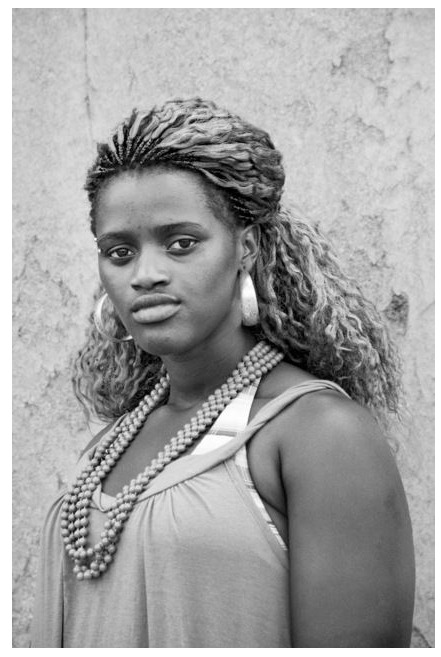
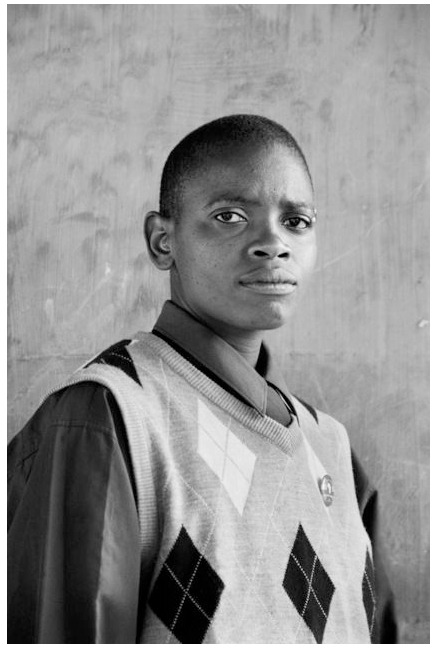
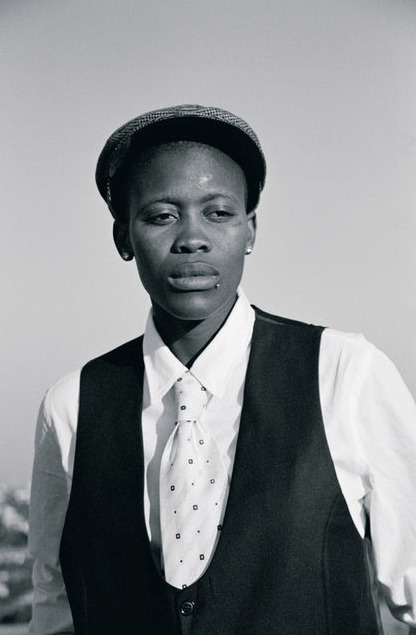

A photographer and self-proclaimed visual activist, Zanele Muholi explores black lesbian and gay identities and politics in contemporary South Africa. The portraits are at once a visual statement and an archive,” she has said, “marking, mapping, and preserving an often invisible community for posterity.” Muholi’s sensitive portraits challenge the stigma surrounding gays and lesbians in South Africa, debunk the common rhetoric that homosexuality is un-African, and address the preponderance of hate crimes against homosexuals in her native country.
Artist Statement for “Faces and Phases” (2006-11):
I decided to capture images of my community in order to contribute towards a more democratic and representative South African homosexual history. Up until 1994, we as black lesbians were excluded from participating in the creation of a formal queer movement and our voices were missing from the pages of gay publications, while white gay activists directed the movement and wrote about gay issues and struggles. Hence, few of us were present in the forefront, but many operated underground.
I embarked on a journey of visual activism to ensure that there is black lesbian visibility, to showcase our existence and resistance in this democratic society, to present a positive imagery of black lesbians.
Aside from the dictionary definition of what a ‘face’ is (the front of the head, from forehead to chin), the face also expresses the person. For me, Faces means me, photographer and community worker, being face to face with the many lesbians I interacted with from different Gauteng townships such as Alexandra, Soweto, Vosloorus, Katlehong, Kagiso…
In each township there are lesbians living openly regardless of the stigma and homophobia attached to their lesbian identity, both butch and femme. Most of the time being lesbian is seen as negative, as destroying the nuclear heterosexual family; for many black lesbians, the stigma of queer identity arises from the fact that homosexuality is seen as un-African. Expectations are that African women must have children and procreate with a male partner, the head of the family. That is part of the 'African tradition’.
Failing to conform to these expectations, we are perceived as deviants, needing a 'curative rape’ to erase our male attitude and make us into true women, females, real women, mothers, men’s property.
Individuals in this series of photographs hold different positions and play many different roles within the black lesbian community: soccer player, actress, scholar, cultural activist, lawyer, dancer, film maker, human rights/gender activist. However, each time we are represented by outsiders, we are merely seen as victims of rape and homophobia. Our lives are always sensationalized, rarely understood. This is the reason for Phases: our lives are not just what makes the newspapers headlines every time one of us is attacked. We go through many stages, we express many identities, which unfold in parallel in our existence.
From an insider’s perspective, this project is meant as a commemoration and a celebration of the lives of black lesbians that I met in my journeys through the townships. Lives and narratives are told with both pain and joy, as some of these women were going through hardships in their lives. Their stories caused me sleepless nights as I did not know how to deal with the urgent needs I was told about. Many of them had been violated; I did not want the camera to be a further violation; rather, I wanted to establish relationships with them based on our mutual understanding of what it means to be female, lesbian and black in South Africa today.I call this method the birth of visual activism: I decided to use it to mark our resistance and existence as black lesbians in our country, because it is important to put a face on each and every issue. via artistsite
In April 2012, thieves broke into Muholi’s Cape Town apartment and stole over 20 hard drives holding years of photographic documentation, suggesting the continued controversy and sensitivity surrounding the issues that Muholi’s works confront. via artsy.net
1K notes
·
View notes
Photo
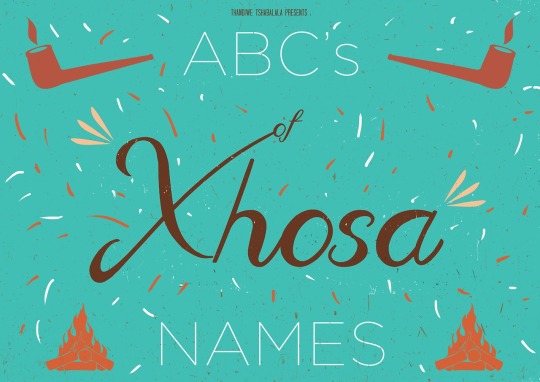
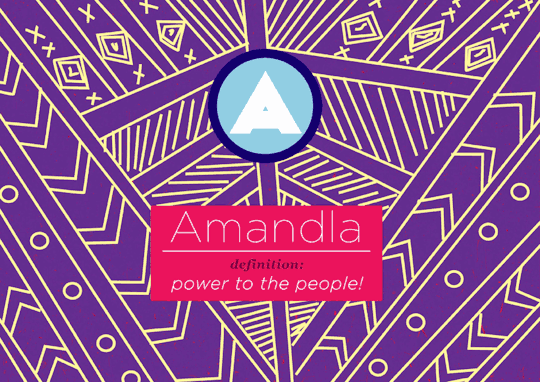

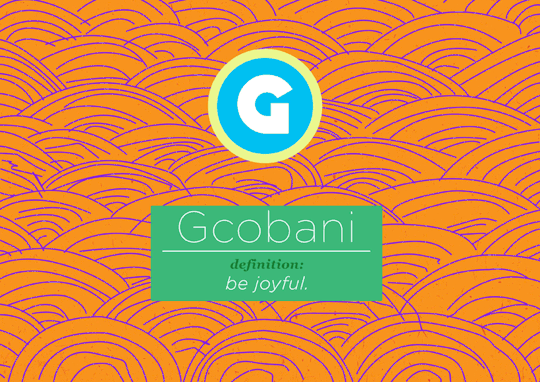
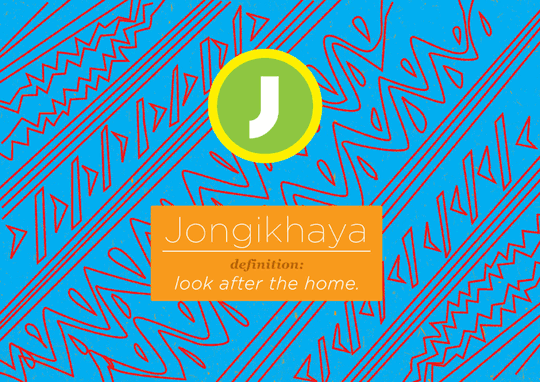
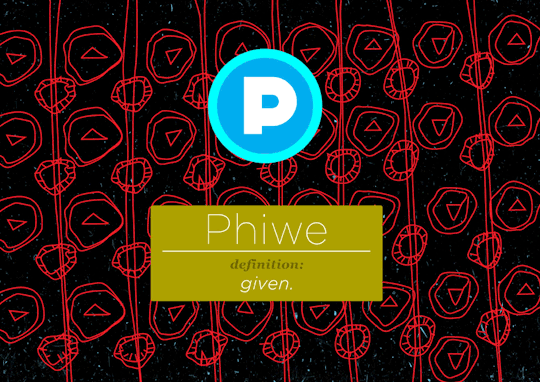

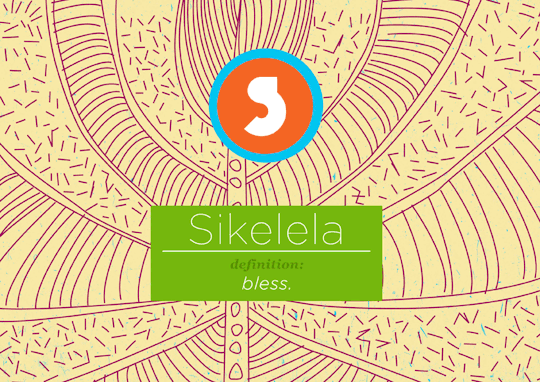
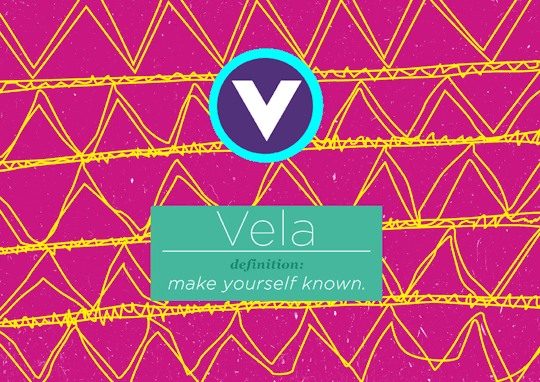

Xhosa Names & Meanings: The “ABC’s of Xhosa Names” by Thandiwe Tshabalala.
South African Illustrator and incredibly talented young creative Thandiwe Tshabalala recently sent me these awesome gifs highlighting and celebrating beautiful names in her mother tongue of Xhosa.
Here’s what she had to say about her series:
“Way back, when apartheid was taking place in South Africa, parents used to give their kids English names so that white people wouldn’t have to struggle pronouncing African names. Most people born during the times of apartheid were given names like: Knowledge, Margaret, Mavis (which has negative connotations), Innocentia, Innocent, Jeffrey, Gloria…eek..Let me just stop there. However, when black folks got their ‘freedom’ back, they went back to naming their children African/South African names.”
Twitter | Facebook | Pinterest | Google+ | Soundcloud | Mixcloud | Instagram | Newsletter
All Africa, All the time.
2K notes
·
View notes
Photo
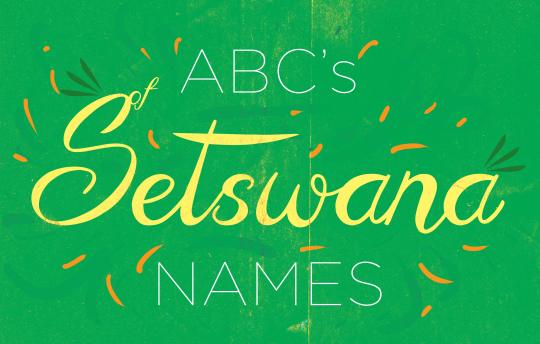
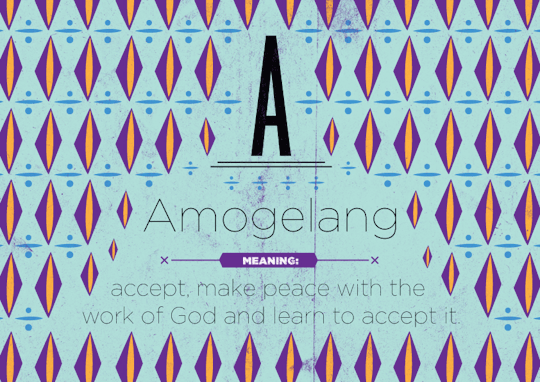

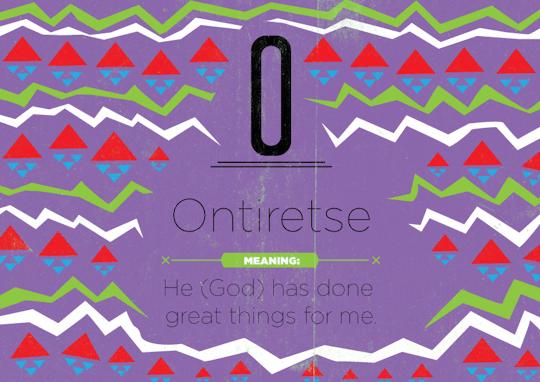


It has become embedded in the Batswana people to name the offsprings and award names that reflect or depict the great work of God. Every Setswana name revolves around the deeds or aspirations and plans of the Almighty. When looking at the names (illustrated) you will learn that every one of the names reflects on the happiness, sadness and hope brought upon by God. Each name is a symbol to the parents of what they want to see from you or what your birth meant at that moment in time.
C,X,Q,V,J,Z (these alphabets do not exist in the Setswana vocabulary) U,H,Y( these alphabets do exist however we do not have names that begin with them).
Information provided by: Gaopalelwe Nke | Illustration Gifs by Thandiwe Tshabalala
332 notes
·
View notes
Photo

Kerry. Illustrated by Thandiwe Tshabalala
21 notes
·
View notes
